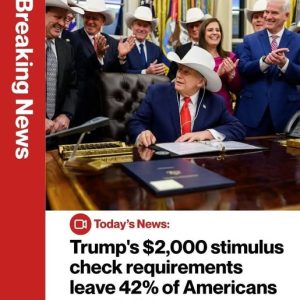Judge Blocks Trump Administration’s Federal Workforce Cuts
A federal judge in California has permanently blocked the Trump administration’s plan to dismiss thousands of federal employees, ruling that the move violated civil service protections. Judge Illson of the U.S. District Court for the Northern District of California found that the Office of Management and Budget failed to justify its proposed Reduction in Force (RIF), which aimed to lay off up to 10,000 federal workers during a government shutdown. In a 47-page opinion, the judge declared that “federal workers cannot be subjected to arbitrary dismissal without due process,” arguing that the executive branch overstepped its authority. The White House called the ruling “a blatant act of judicial interference” and vowed to appeal, maintaining that the president has the constitutional power to manage the executive branch.
The lawsuit was brought by several major federal employee unions, including the American Federation of State, County and Municipal Employees (AFSCME). Union leaders hailed the decision as a “major victory for working people” and a rejection of what they described as an unlawful attempt to fire government workers. Approximately 4,000 employees had already received termination notices, with another 6,000 expected to follow, but the court’s decision halts all dismissals indefinitely. The administration defended the proposed cuts as a necessary measure to streamline government operations and reduce costs, arguing that the federal bureaucracy had grown inefficient and unresponsive to taxpayers.
The ruling has ignited a fierce national debate over executive power and judicial oversight. Supporters of the decision say it reinforces the rule of law and protects civil servants from politicized purges, while critics argue it limits presidential authority to respond to fiscal crises. The Justice Department is expected to appeal, setting up what could become a landmark separation-of-powers case. For now, the judgment freezes the administration’s downsizing efforts and highlights the broader political struggle over who truly controls the federal workforce.





